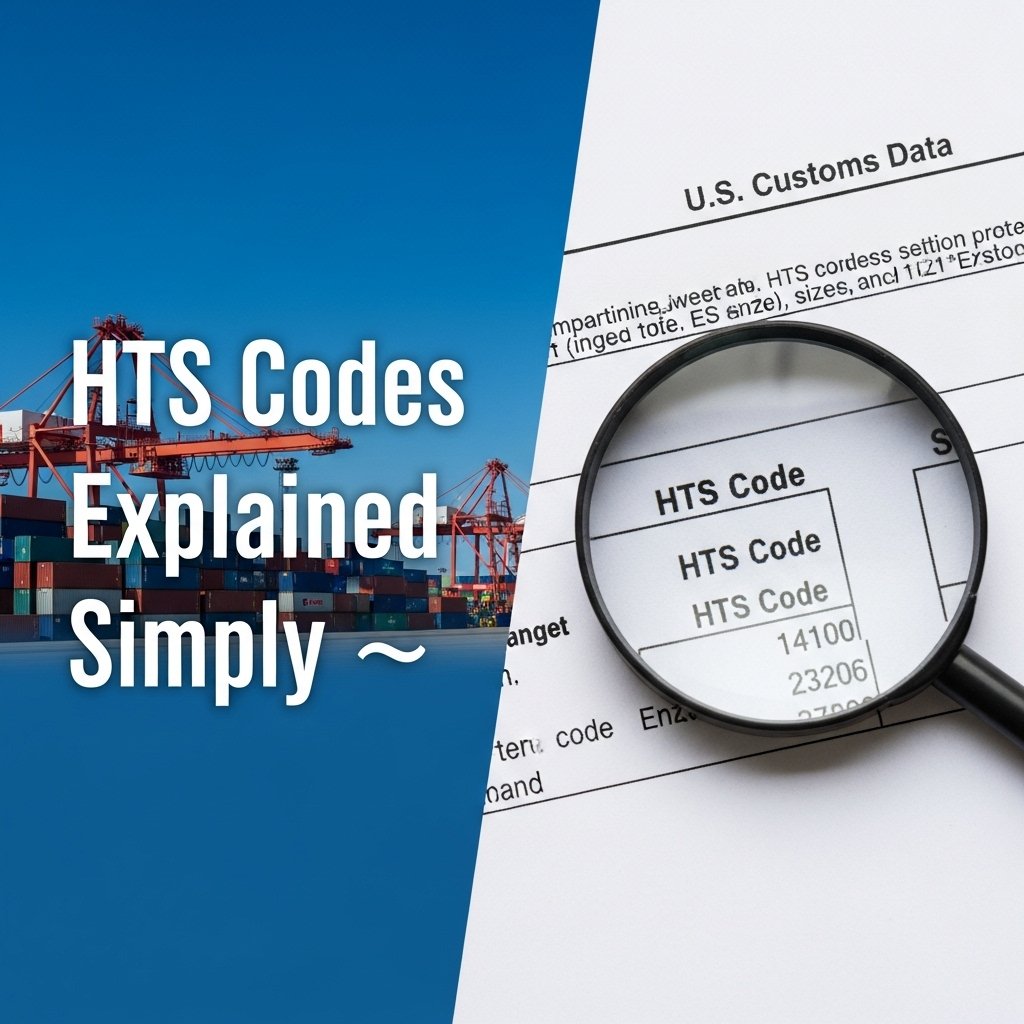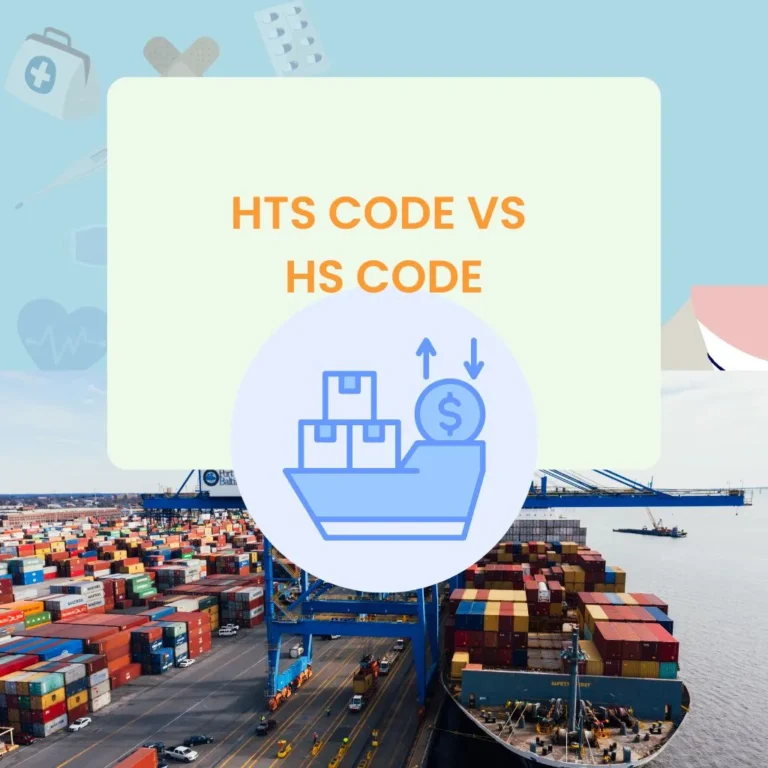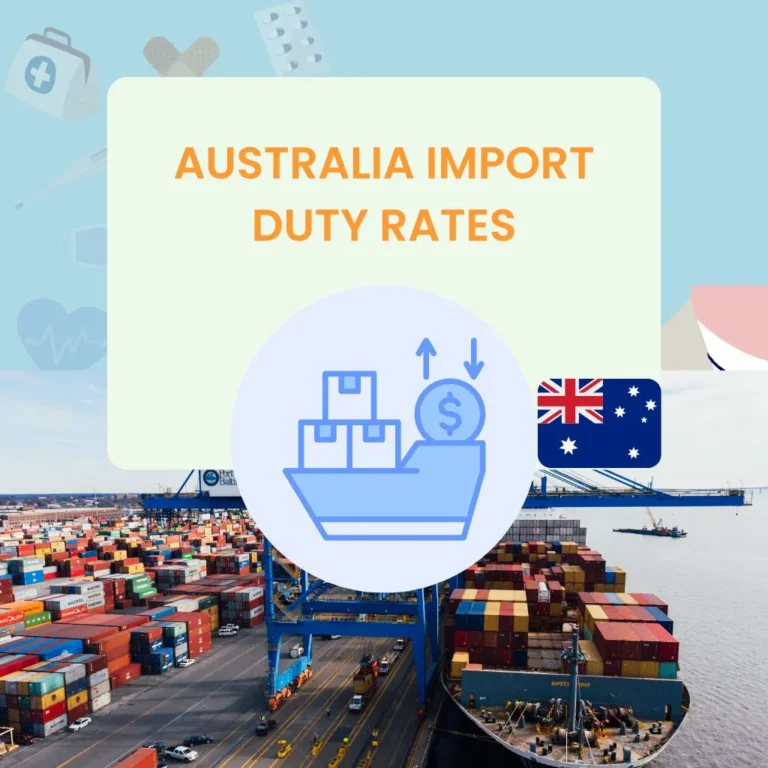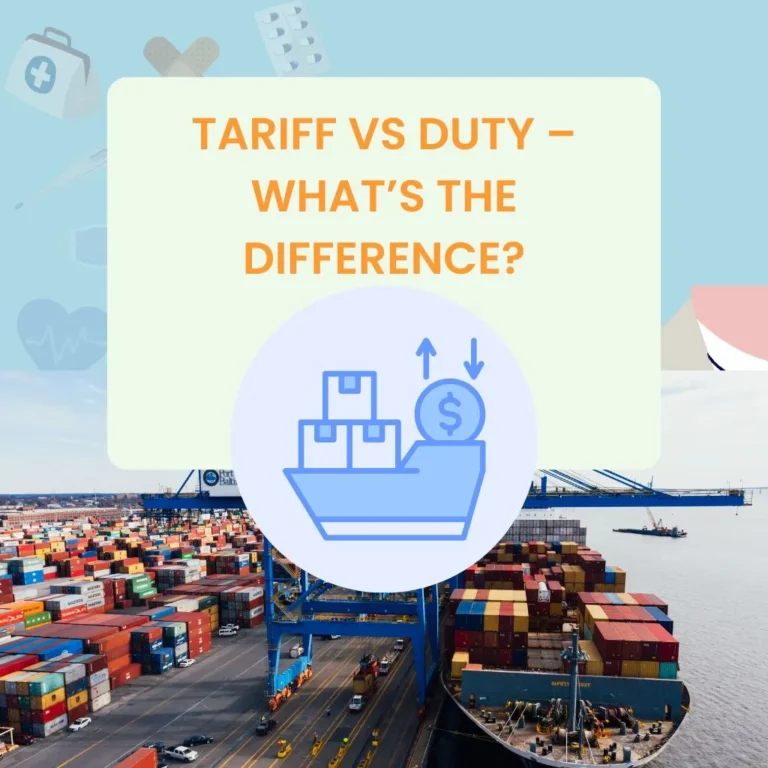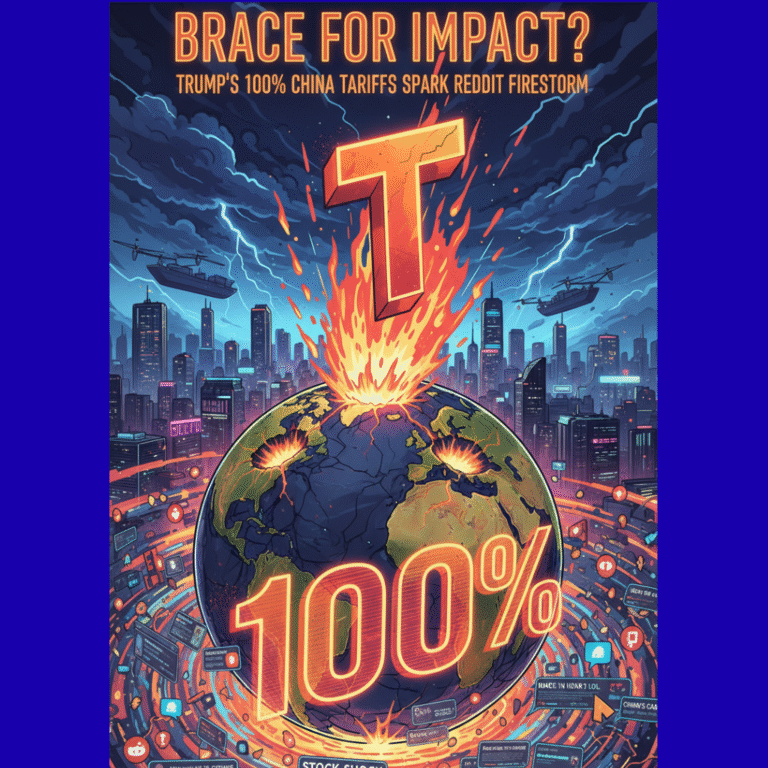How HTS Codes Work in US Tariffs: A Complete Importer’s Guide
Introduction:
If you’re importing goods into the U.S., HTS codes are not optional—they determine how much duty you’ll pay, whether your shipment clears, and whether you risk penalties or delays. Yet many eCommerce business owners unknowingly misclassify products, triggering audits, excess charges, or even seizures.
In this guide, you’ll learn exactly how HTS codes work in U.S. tariffs, real pitfalls to avoid, and strategies to ensure classification accuracy and compliance.
TOC
Table of Contents
Why Every eCommerce Importer Must Understand HTS Codes
The High Stakes: Overpaying & Customs Penalties
Imagine importing thousands of units of a gadget, only to realize later that a more favorable HTS subheading would’ve halved your duty rate. Or worse: U.S. Customs audits your paperwork, claims misclassification under 19 U.S.C. § 1592, and imposes civil fines. The importer, not your supplier or broker, is legally liable for classification.
HTS Codes vs. HS Codes vs. Schedule B — What’s the Difference?
- HS Code (Harmonized System): A 6-digit global standard maintained by the WCO. Used universally across countries.
- HTS / HTSUS (U.S. Harmonized Tariff Schedule): A 10-digit U.S. classification using the HS as the first 6 digits plus 4 U.S.-specific digits for duty and statistical purposes.
- Schedule B (U.S. Export Classification): Used by U.S. exporters. It shares the first 6 digits with HTS but diverges in the last digits.
Thus, when you import, you use the HTS/HTSUS system, not Schedule B.
What Is an HTS Code? (Harmonized Tariff Schedule Explained)
The Global Backbone: HS Codes & World Customs Organization
The Harmonized System (HS) is a global commodity classification standard, agreed by nearly 200 countries, for describing and coding physical goods in trade. Every national tariff system builds upon HS, and the U.S. adds specificity via its HTSUS system.
How the U.S. Builds on HS: 10-Digit HTS Structure
The U.S. HTS code is typically 10 digits long. Here’s how it decomposes:
- Digits 1–2 (Chapter): Broad product category (e.g. “09” for coffee, tea, etc.)
- Digits 3–4 (Heading): More specific subcategory (e.g. “0902” for tea)
- Digits 5–6 (Subheading): Even more detail (e.g. “0902.10” for green tea)
- Digits 7–8 (U.S. Rate Line): U.S.-specific differentiation tied to duty rate
- Digits 9–10 (Statistical Suffix): Purely for trade statistics; does not affect duty rate (but must be correct)
For example, an HTS code like 0902.10.1015 may indicate green tea, not fermented, in retail packs, certified organic.
Legal Rules & Interpretation (GRI, U.S. Notes)
You can’t just eyeball and guess. Classification must follow:
- General Rules of Interpretation (GRI) (rules 1–6) applied in strict order
- Harmonized System Explanatory Notes
- U.S. Additional Notes, Legal Notes & U.S. Interpretive Rulings
- Precedent classification rulings from CBP / CROSS database
These rules ensure consistency and help resolve ambiguity.
How HTS Codes Determine Your Tariff / Duty in the USA
Here’s the step-by-step workflow an importer must follow to translate an HTS code into a dollar duty charge.
Step 1: Identify the Product & Material Breakdown
Break your product down: what are its components? What’s the primary material(s)? What is its function? For mixed materials, you may need to test or document composition.
Step 2: Search HTS Code via USITC / CROSS / CBP
- Use USITC’s official HTS search tool / HTS tariff files
- Use CROSS (Customs Rulings Online Search System) to find past rulings for similar items
- Consider CBP binding rulings if classification is uncertain
Step 3: Locate General vs. Special Duty Rate
Once you have the HTS rate line, examine:
- General (NTR) column: The standard duty for all trading partners
- Special / Preferential columns: If your country of origin qualifies via trade agreement (e.g. USMCA, GSP)
- Additional duties / surcharges: Anti-dumping (AD), countervailing duties (CVD), Section 301, etc.
Step 4: Apply Duty, Fees & Additional Tariffs
Compute duty = (Customs value) × (duty rate). But that’s not all:
- Merchandise Processing Fee (MPF)
- Harbor Maintenance Fee (HMF)
- Other port / handling charges
Add up all to find your landed cost under the selected HTS code.
Step 5: Confirm Classification with Rulings (if ambiguous)
If close calls exist, seek a binding ruling from CBP in advance. This protects you from later reclassification. Document your decision logic carefully.
Common Mistakes & Myths in HTS Classification
Using Too Vague or Generic Codes
Classifying a product generically (e.g. “plastic parts”) risks overpayment or audit. Be specific — specify shape, use, composition.
Ignoring Statistical Suffixes
While suffixes typically don’t affect duty, an incorrect suffix can lead to a mismatch or audit flag.
Relying Solely on Supplier’s Suggested HTS
Your supplier’s suggestion is a starting point; your business bears legal liability. Always validate independently.
Failing to Update HTS After Design Changes
If your product changes (material, dimensions, function), you may need a new classification.
Believing “Zero Tariff” Always Applies Under Trade Deals
Trade agreements often require rules of origin and proper documentation. Misusing a “free trade” column without meeting criteria leads to penalties.
Strategies & Best Practices for Accurate HTS Classification
Use “Reasonable Care” & Document Your Logic
Keep classification worksheets, component breakdowns, material test reports, and decision flowcharts. If audited, this demonstrates care.
Collaborate with a Licensed Customs Broker
Let an expert review or classify ambiguous items. But don’t outsource full responsibility — classification is legally your job.
Leverage Binding Rulings / Pre-Declarations
When in doubt, apply for a binding ruling from CBP. This locks in your classification for future imports of the same item.
Monitor HTS Revisions & Tariff Changes
The HTS is revised annually. Stay updated with USITC releases, CBP notices, and international WCO changes.
Use Automation / AI Tools + Rule-Based Engines
Commercial tools now leverage AI + rule engines for HTS suggestion, but always review manually for edge cases.
Real-World U.S. Case Studies
Example: Green Tea Import & Code Breakdown
- Product: Green tea, flavored, packaged under 3 kg
- HTS:
0902.10.1015 - Interpretation: “09” = chapter (coffee/tea), “0902” = tea, “10” = green tea not fermented, “1015” = U.S. subheading specifying flavor + organic designation
- Duty: Suppose 6.4% general rate applies (depending on origin)
Example: Electronic Gadget Misclassification & Consequences
In one public case, a manufacturer misclassified a “key ring” as “stainless steel part” instead of “zinc alloy”— bumping the duty from ~5% to ~30%. That error caused audits, back payments, and reputational cost.
Example: Dropshipping Low-Value Goods & De Minimis Changes
As of May 2025, the U.S. ended the de minimis tariff exemption for low-value shipments from China, meaning even small parcels must specify HTS / formal entry. Reuters This change raises the bar for full HTS compliance, even for small eCommerce shipments.
Tools, Resources & Calculators (Importer Toolbox)
- USITC HTS Search / Downloadable Tariff Files usitc.gov+1
- CROSS (Customs Rulings Online Search System) — find precedent rulings
- Binding Ruling Portal (CBP) — request your own classification
- Commercial HTS Classification Tools / APIs (e.g. customs software, AI classification engines)
- Import Duty Calculators / Landing Cost Tools — to test duty projections
- Trade & Tariff Monitoring Services / News Alerts
FAQs
Q: Can I use the same HTS code for every country I import from?
Yes, the HTS code is based on the product, not origin. But preferential duty rates may differ depending on country of origin and trade agreements.
Q: Are HTS codes paid by the supplier or the importer?
The importer is responsible for classification and duty disclosures— even if the supplier suggests a code. Always verify.
Q: How often does the HTS change?
The U.S. updates its HTS annually; plus occasional amendments mid-year for special tariffs, trade measures, or trade law changes.
Q: What if two HTS codes might apply?
Use the GRI rules and compare specificity. If ambiguity remains, request a binding ruling to lock in classification.
Q: Do I need HTS codes for de minimis shipments?
Because of recent changes (e.g. from China), even low-value shipments may require formal entry and HTS codes.
Conclusion
HTS codes are the backbone of the U.S. import duty system. Getting them right means controlling costs, avoiding audits, and streamlining customs clearance. As an eCommerce importer, your next steps should be:
- Audit your current product classifications
- Document your classification logic and source references
- For ambiguous items, pursue binding rulings or broker consultations
- Integrate HTS validation into your systems (ERP / product database)
- Stay abreast of HTS/ tariff updates and regulatory changes


